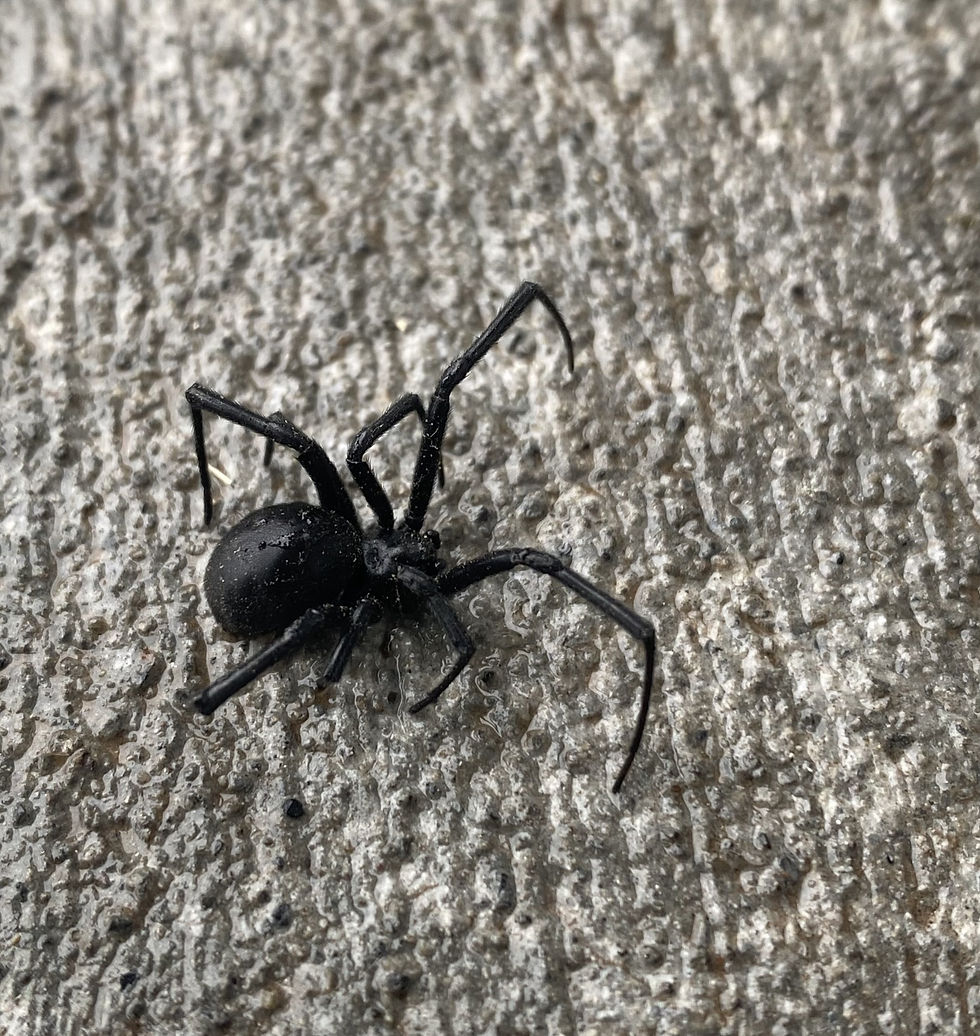Common Spiders Found in Idaho Falls, Idaho
- pestifyservices
- Dec 3, 2021
- 2 min read
Hobo Spider

The most common spider in Idaho Falls and surrounding areas is the hobo spider. Hobos come out in June and last through September. The peak season for hobo spider is early August and they overwinter in wall voids, basements, and other warm places until they can emerge the next year when the temperature begins to rise. You will see these spiders indoors, in the yard, in window wells, and on foundations. Male hobos have the "boxing gloves" on the front and females do not. Our products are specifically labeled to kill spiders and we've seen high success rates with our spider treatment for hundreds of customers across eastern Idaho in just one service. Call (208) 351-7860 to have one of our field experts help you out. Here is a map of where hobos are found in the US.

Cellar Spider

Also known as Harvestmen spider, or Daddy long leg spider, there are about 20 species of this harmless spider in the US and Canada. They are found mostly in garages, in gardens, sheds, and of course cellars.
Wolf Spider

Commonly referred to as the grass spider, these spiders are found mostly in yards, gardens, and on foundations. They look similar to hobo spiders but do not have the chevron pattern, instead they have dark and light stripes running from the head all the way down the abdomen.
Black Widow

Black Widow spiders are the only medically important spider in Idaho. The black widow in this photo is dead and the photo was taken on the porch of a home we treated in August 2021 in Idaho Falls, ID. It shows the effectiveness of our products against tough to kill spiders.
Jumping Spiders

This photo was also taken at one of our customers homes in Idaho Falls in July of 2020. There are hundreds of species of jumping spiders, most of them very small in size, this guy however was about 2" in length.
Cat-faced Spider

Cat-faced spiders are one of the more interested spiders found in Idaho Falls. Cat-faced eggs hatch in spring and the tiny spiderlings disperse, usually by "ballooning" which is when spiders stand on an exposed point high up in a tree where they shoot out their silken threads until it lands on something. Winds catch the threads and carry the spiderlings, thus redistributing them throughout the area.




Comments